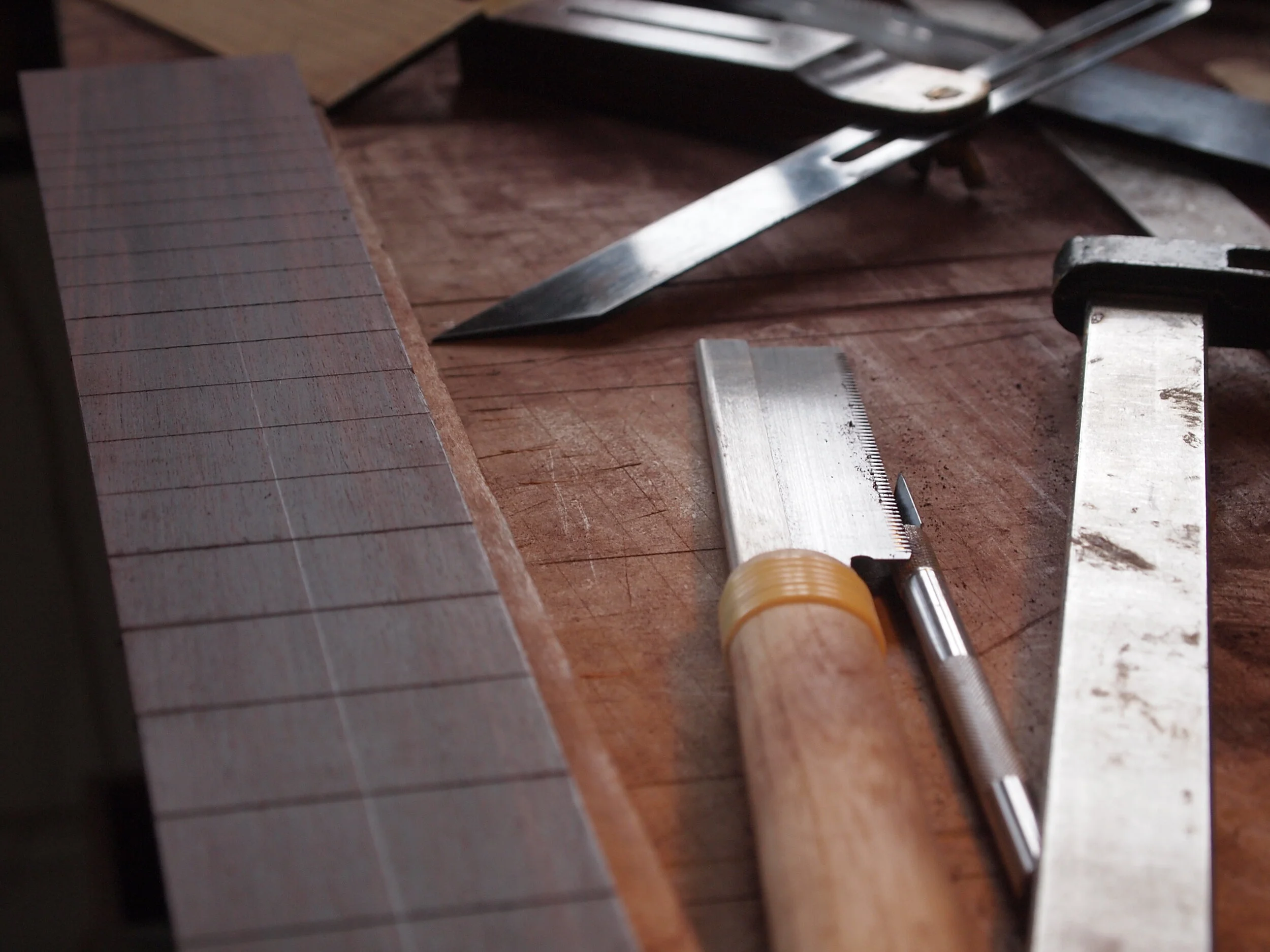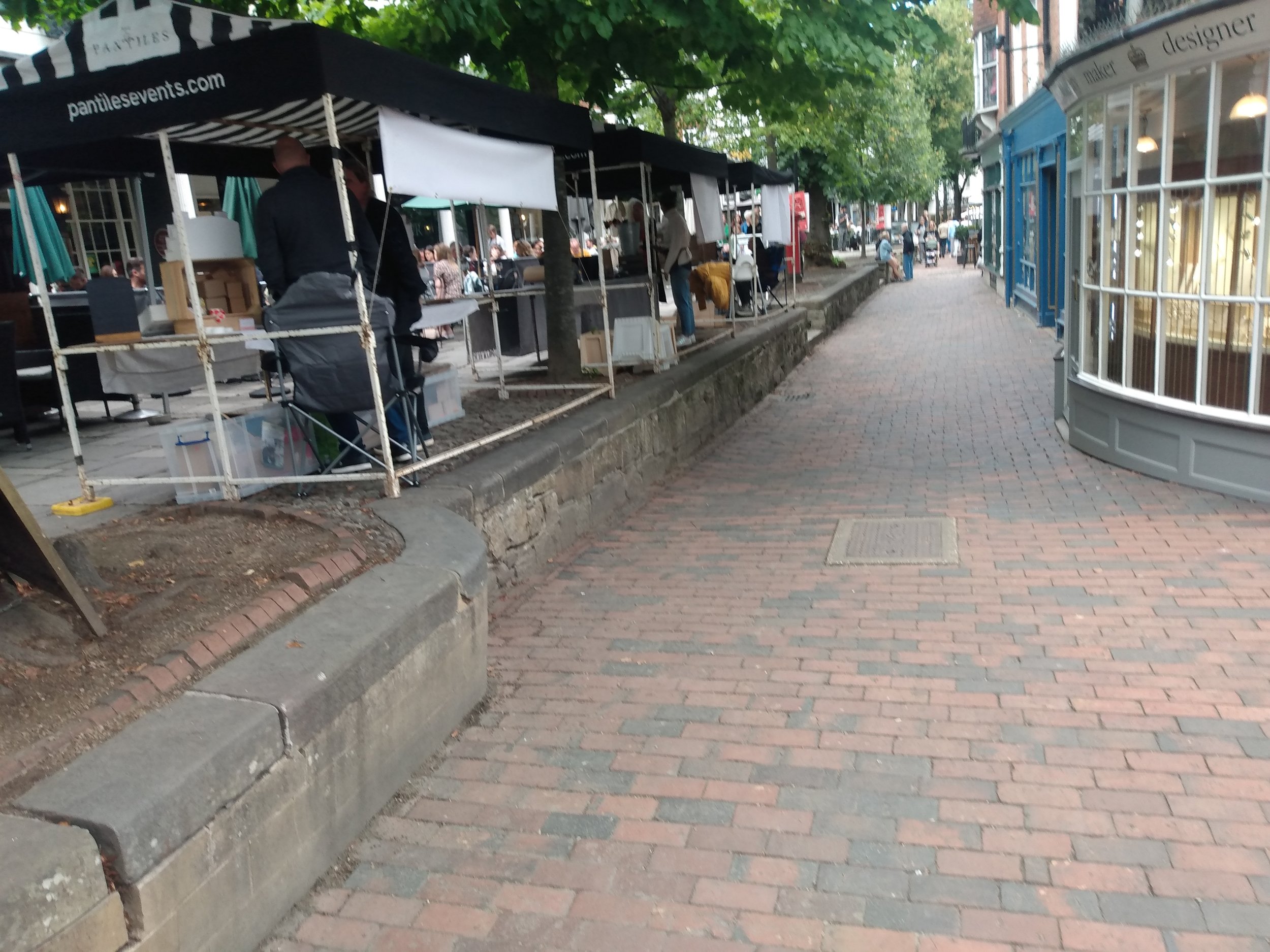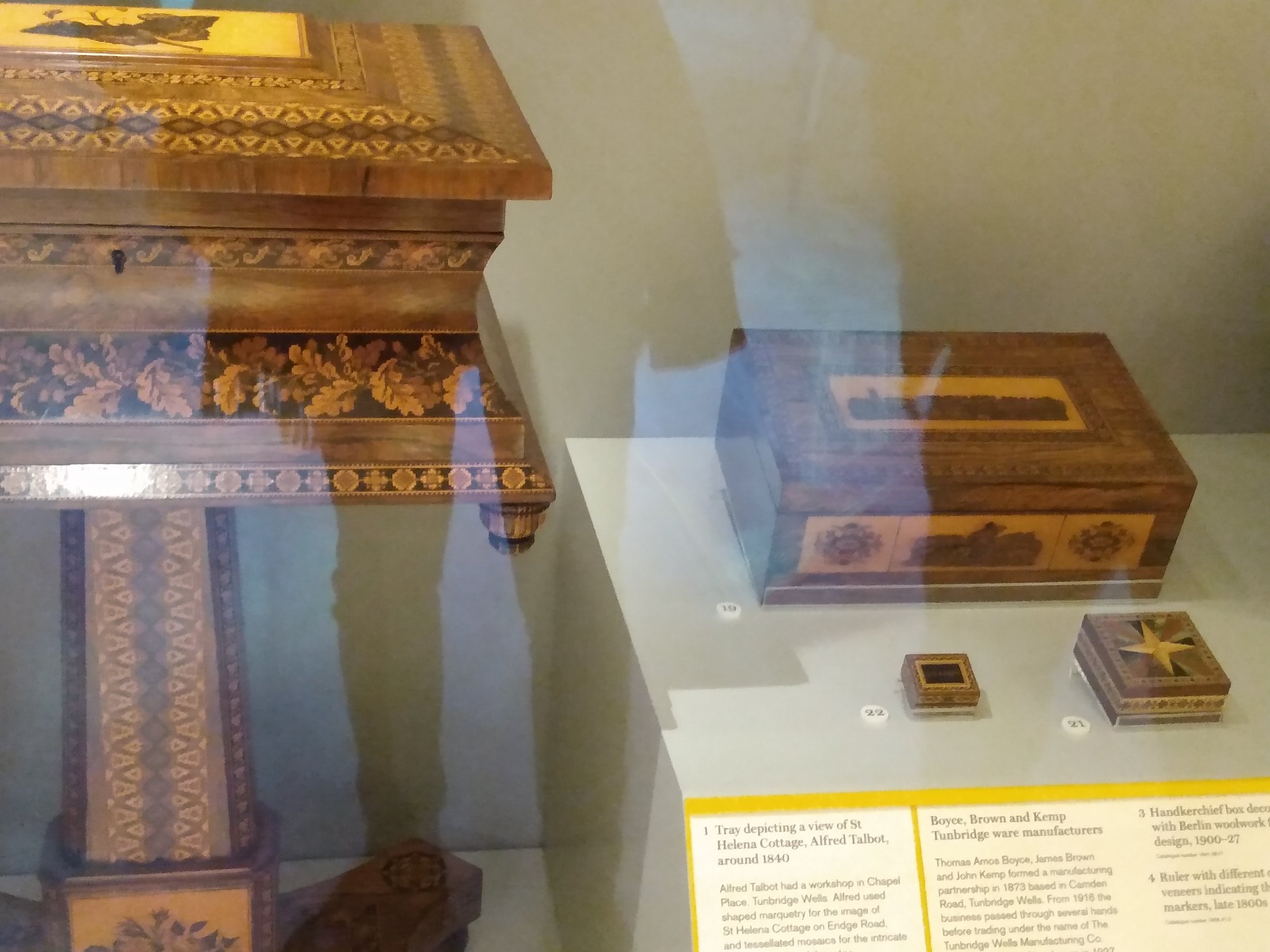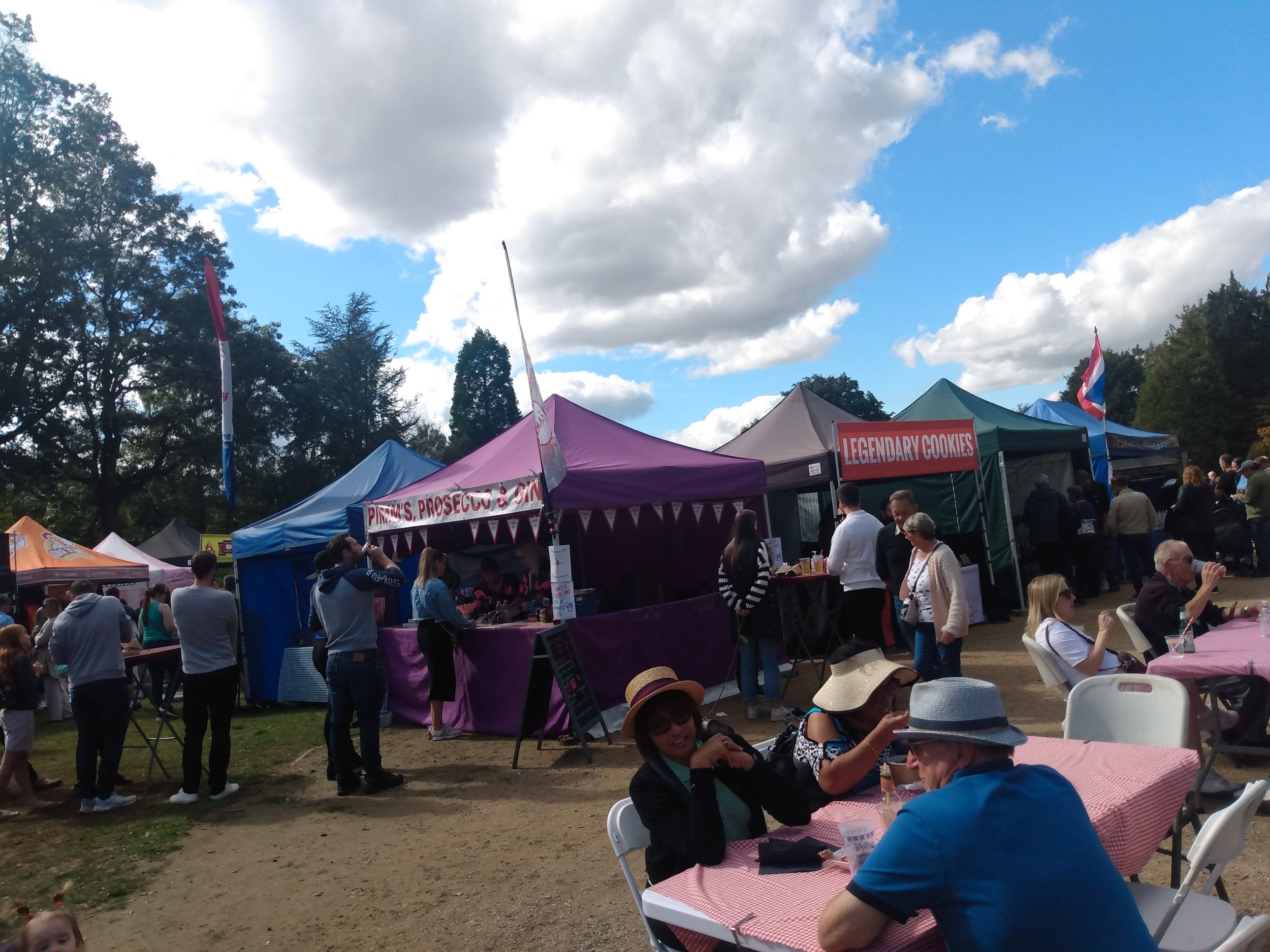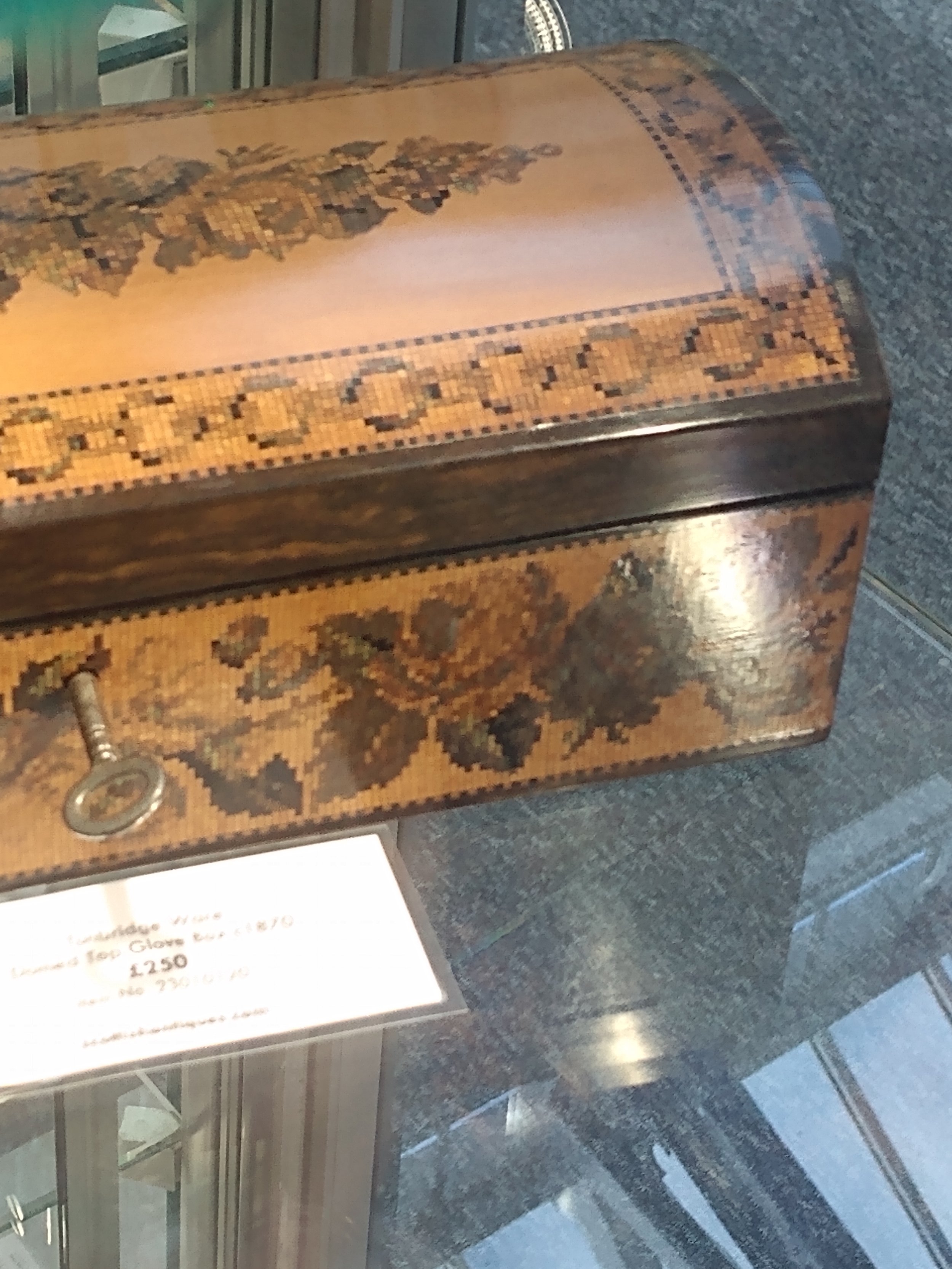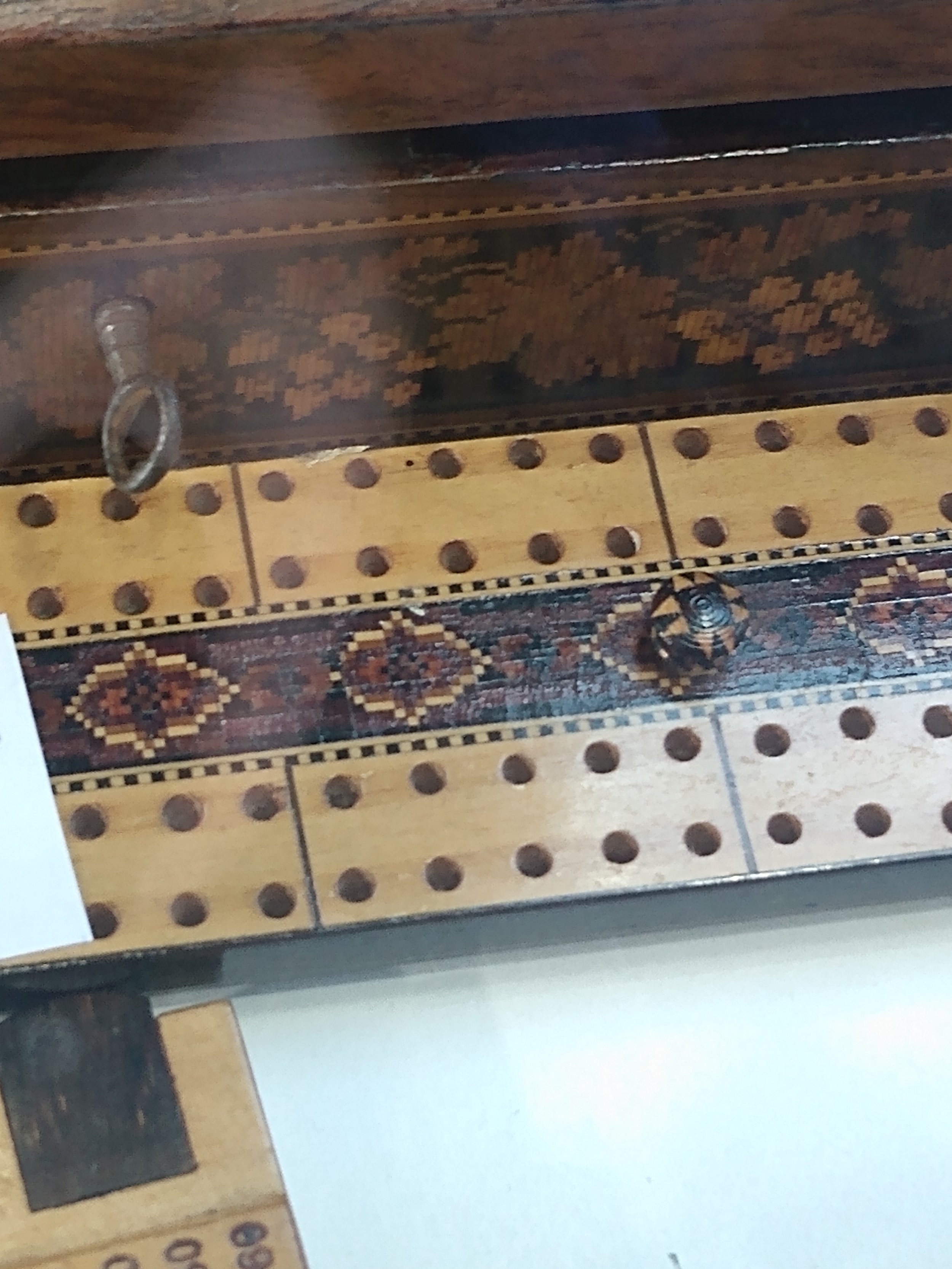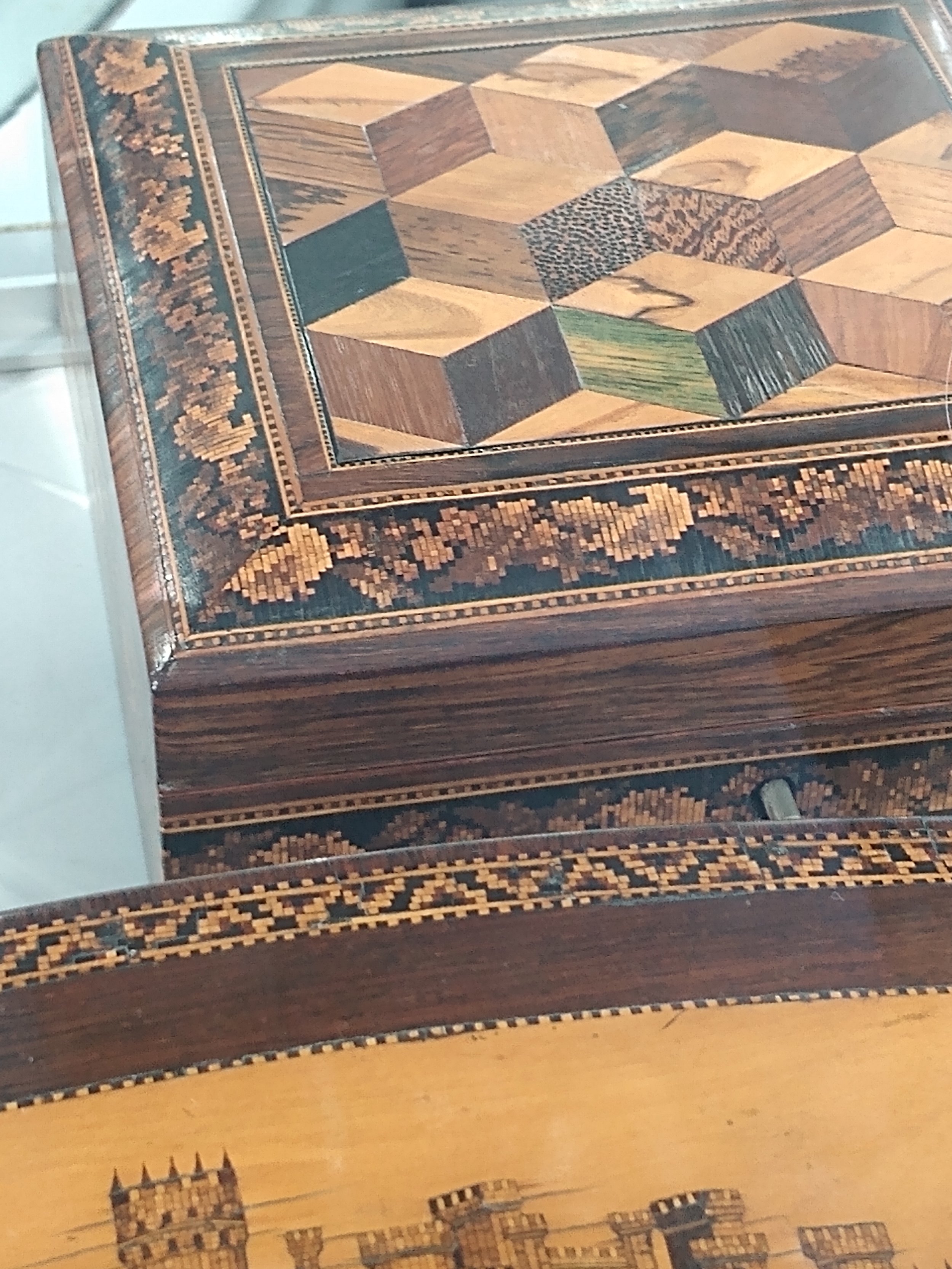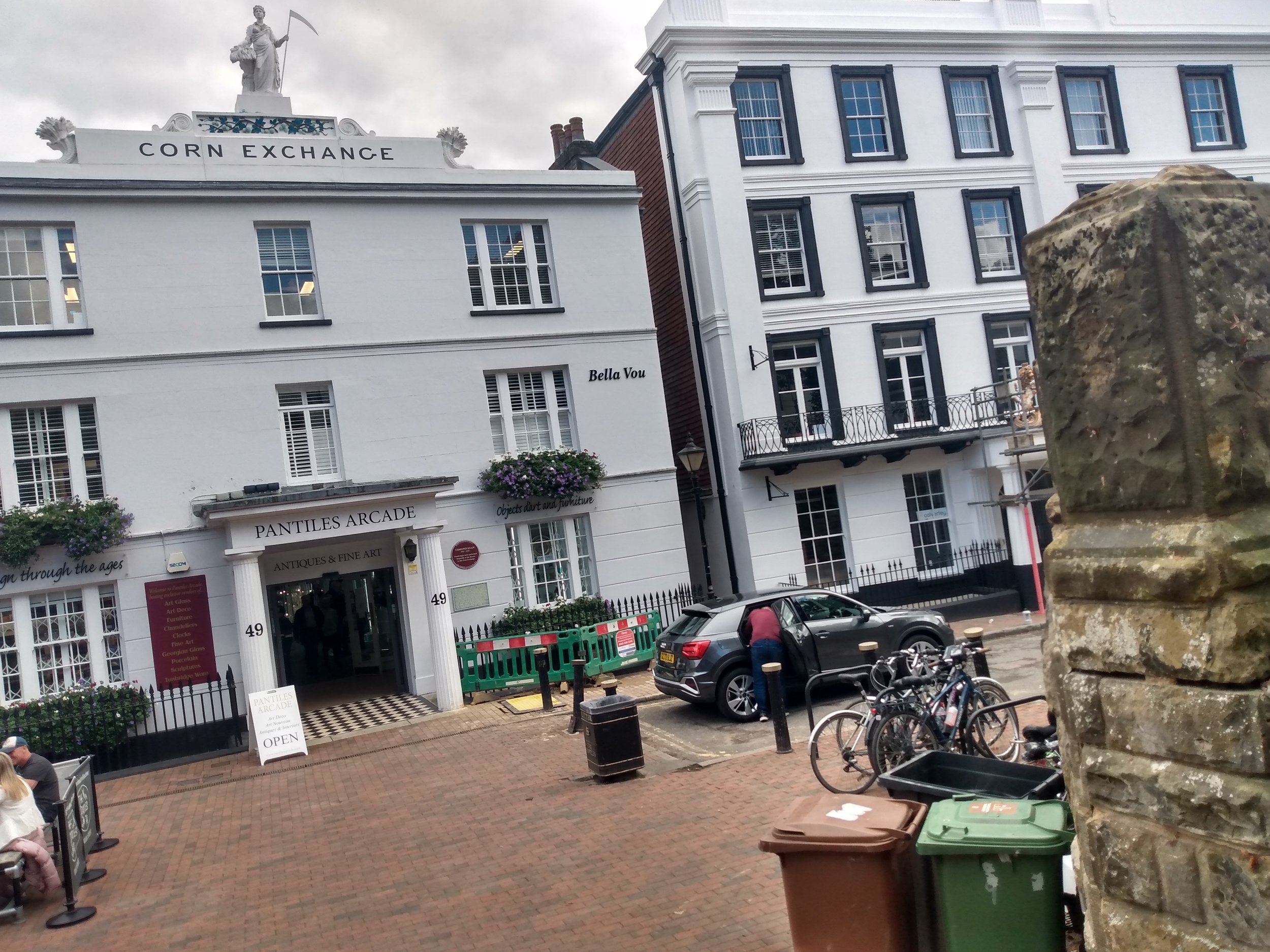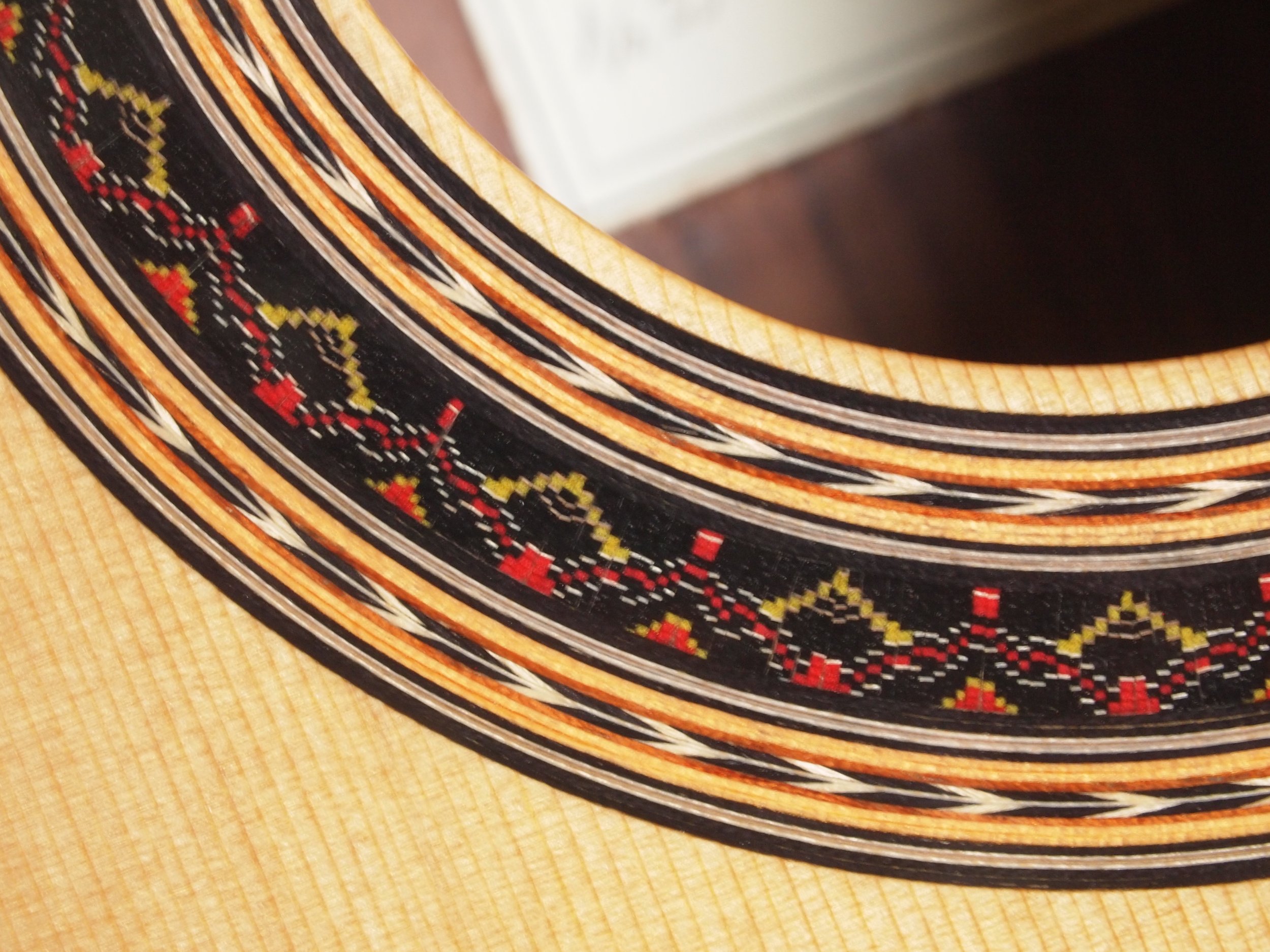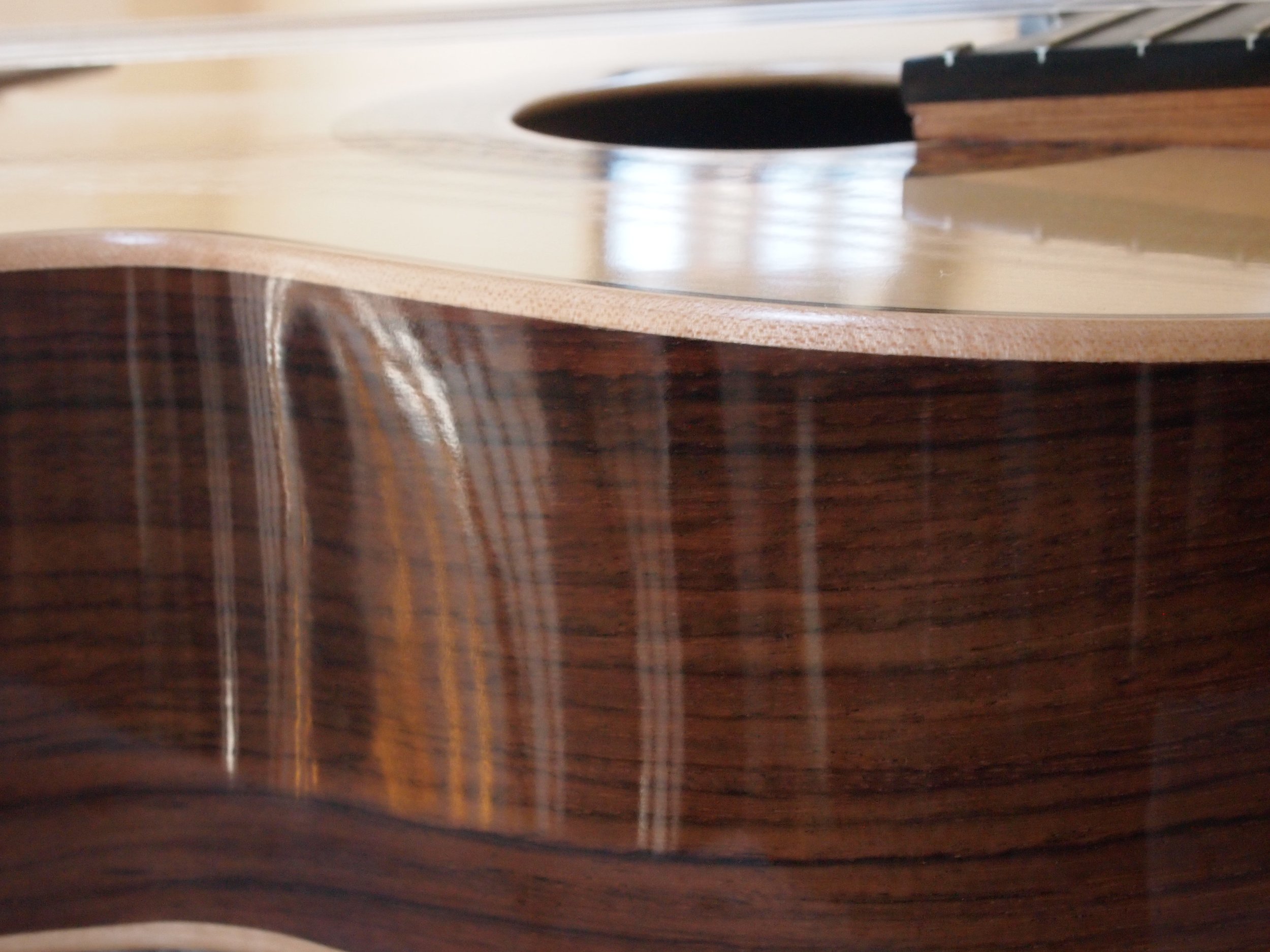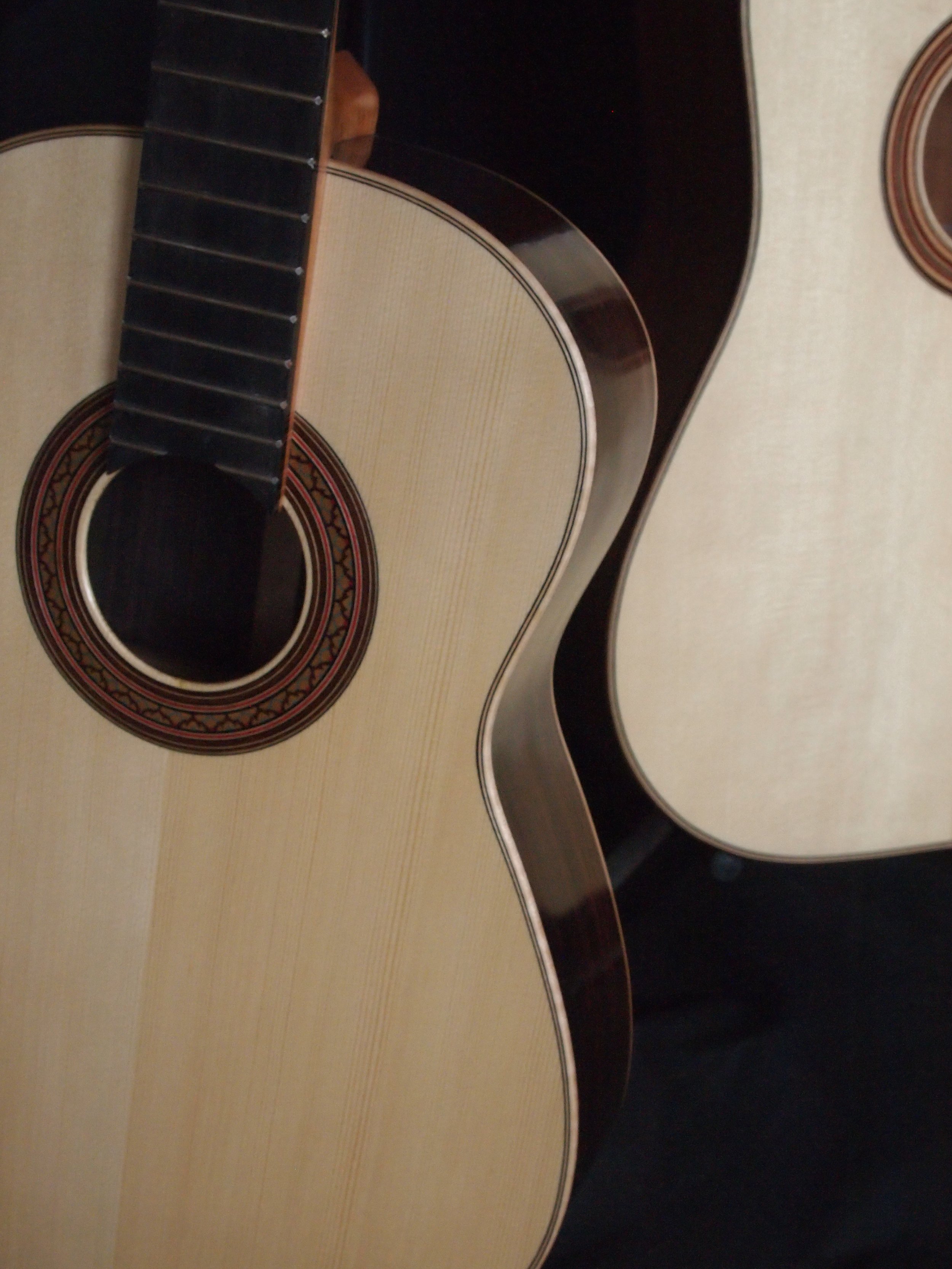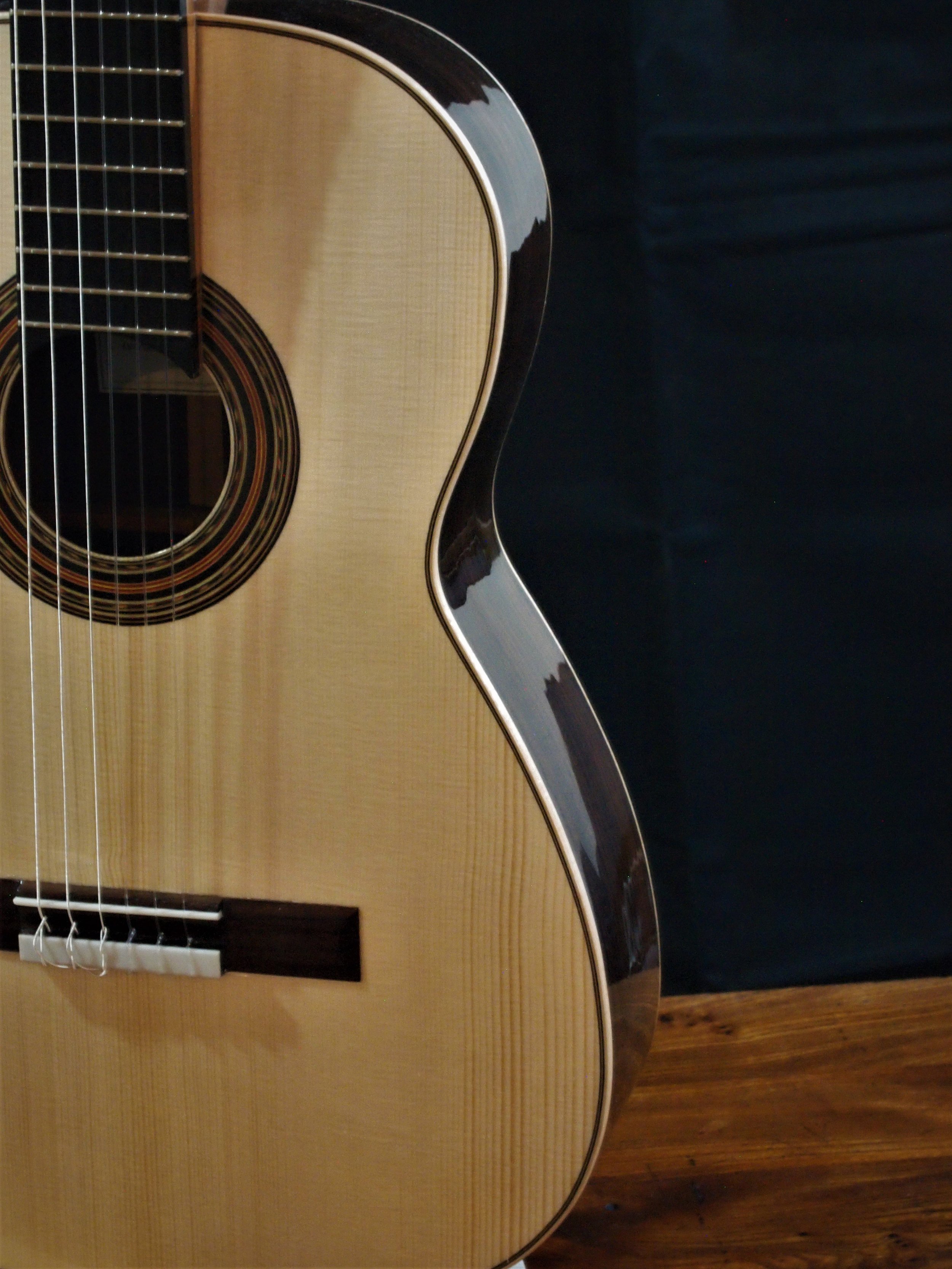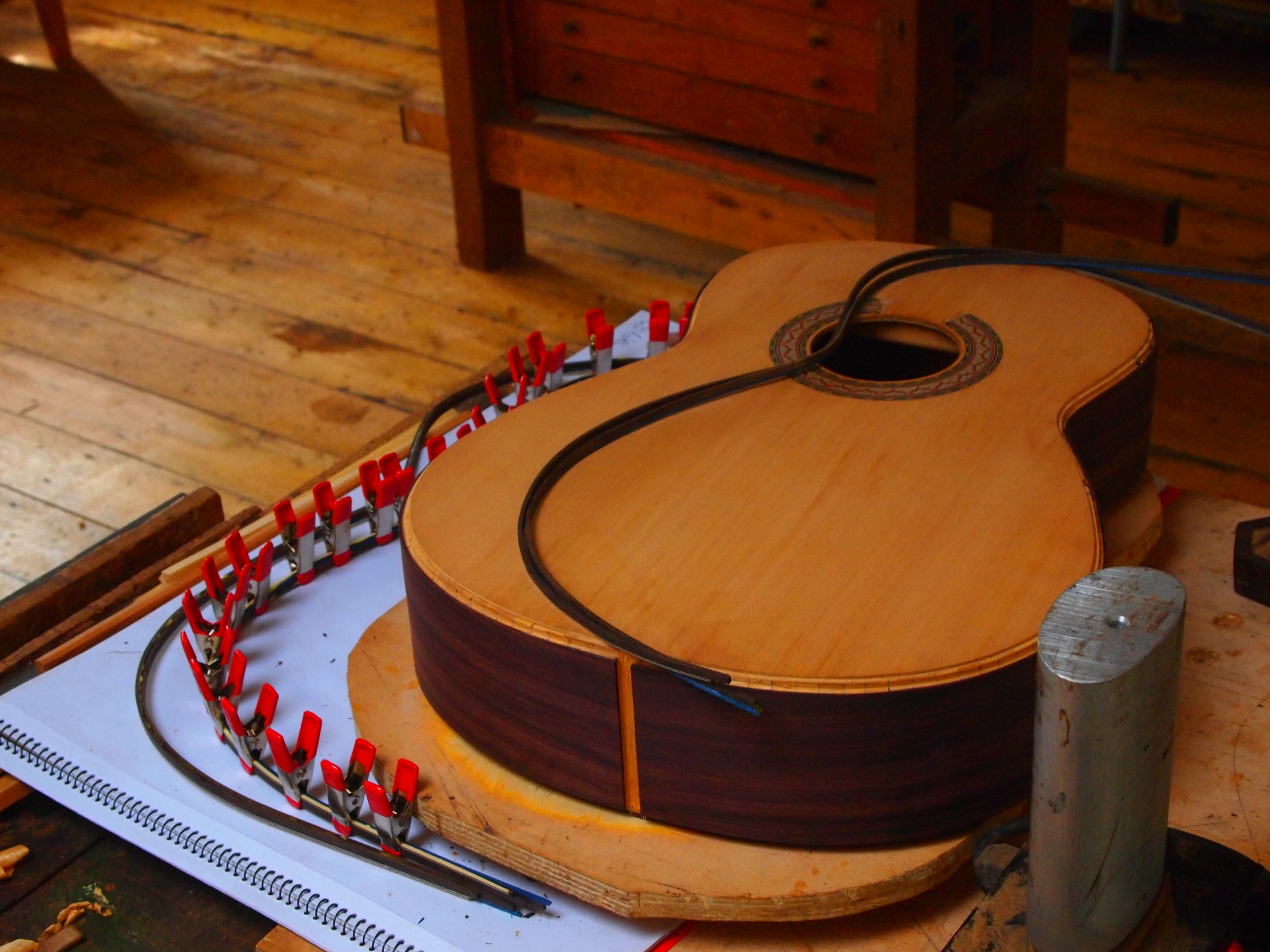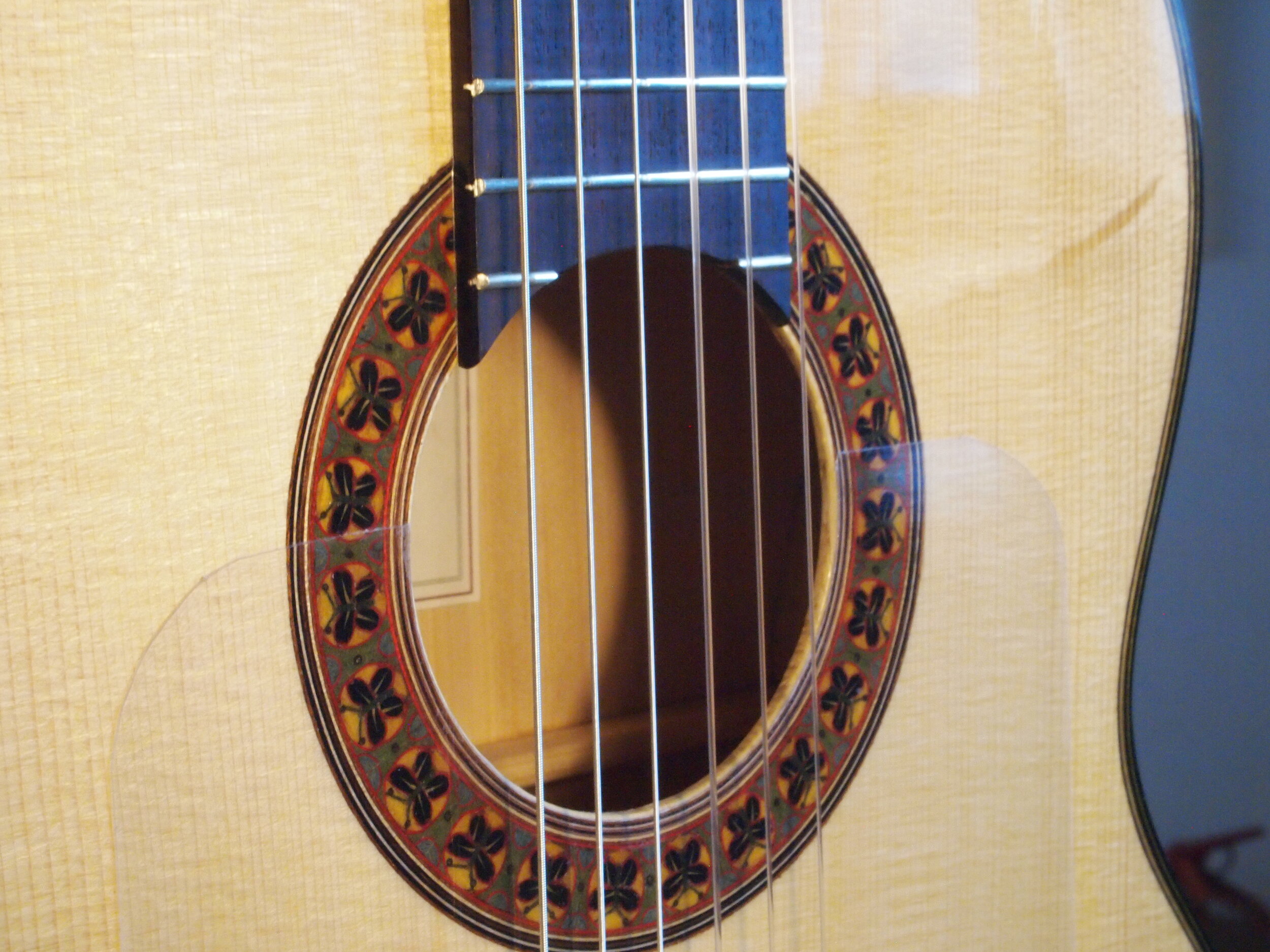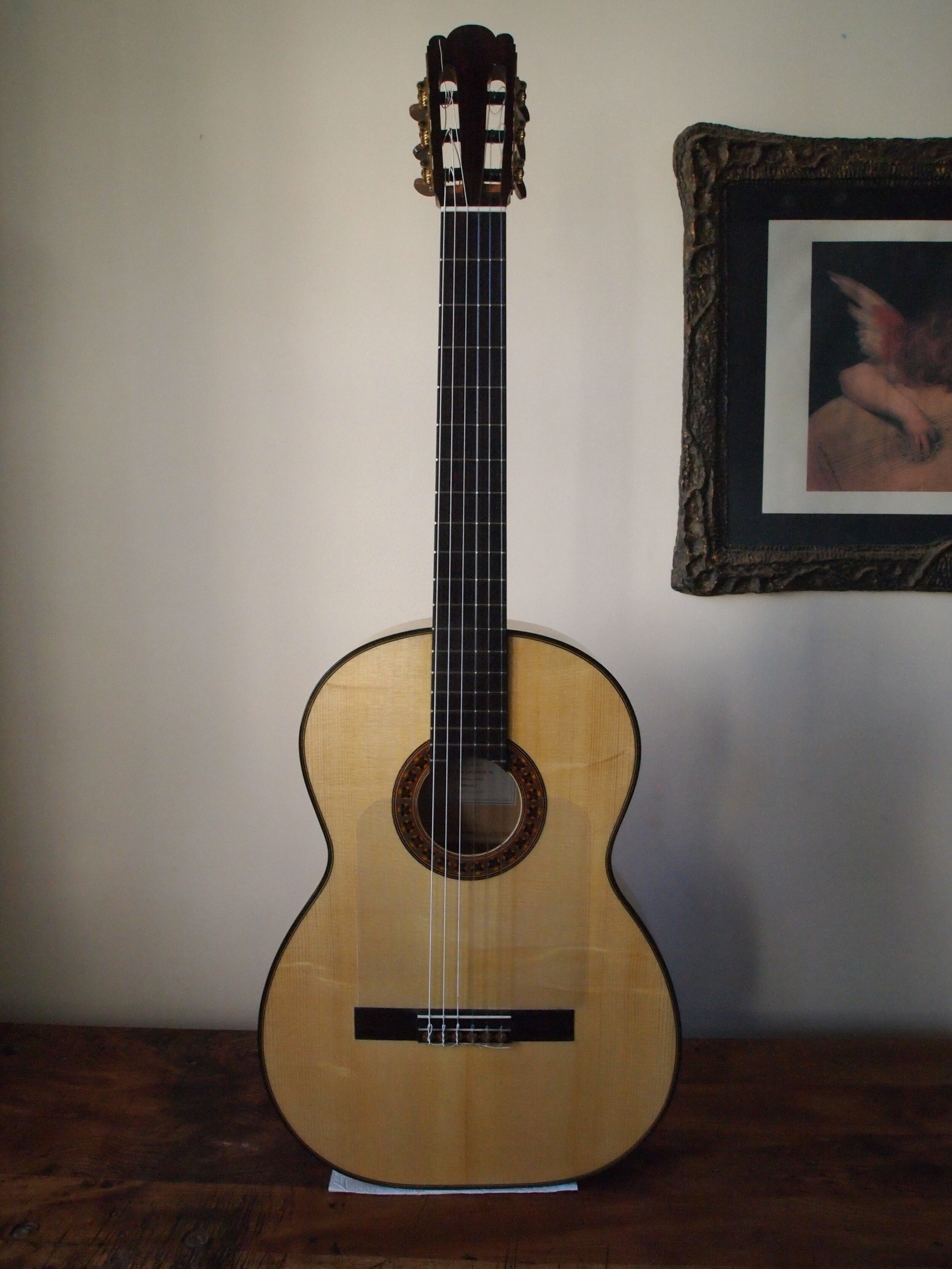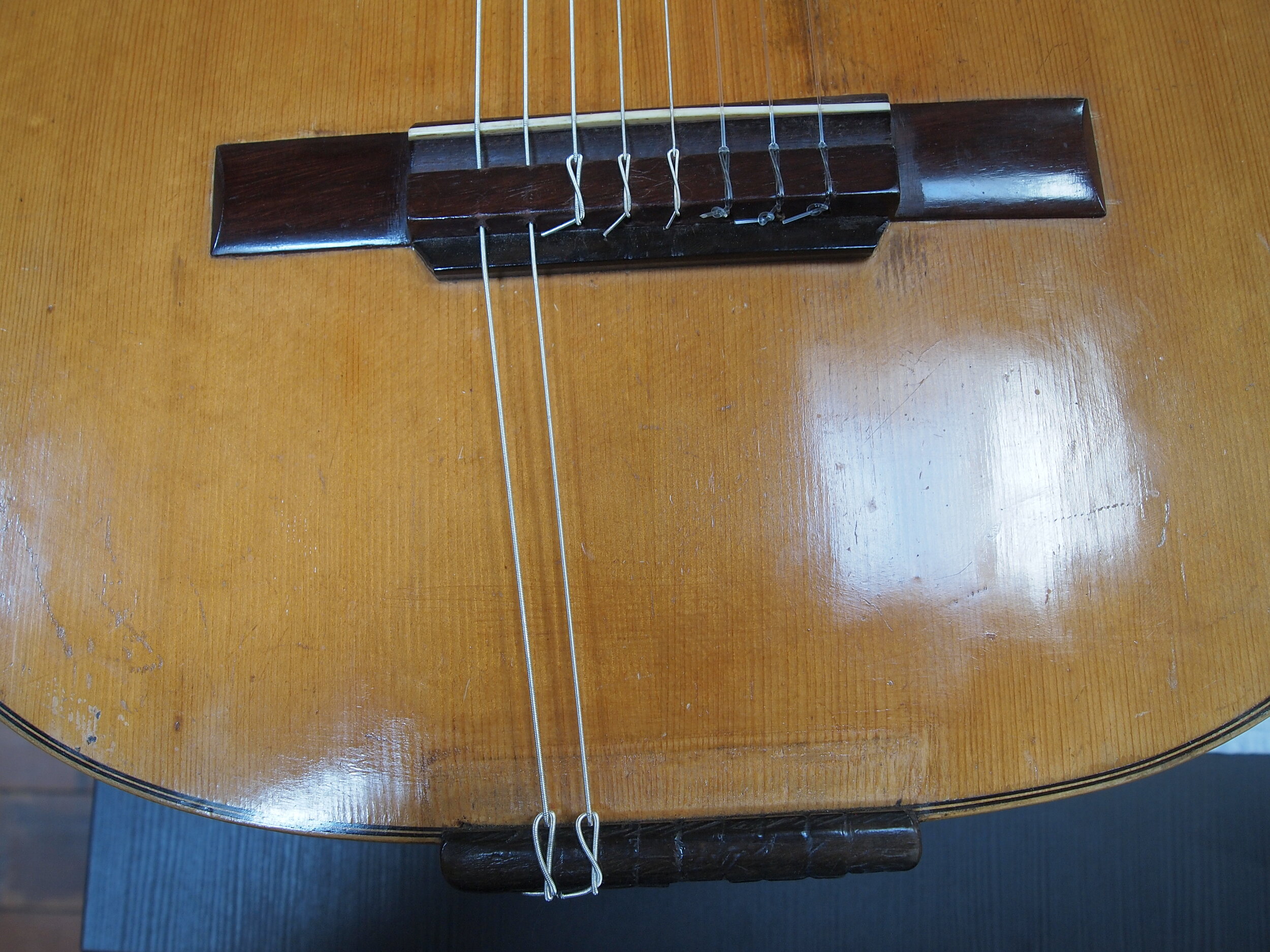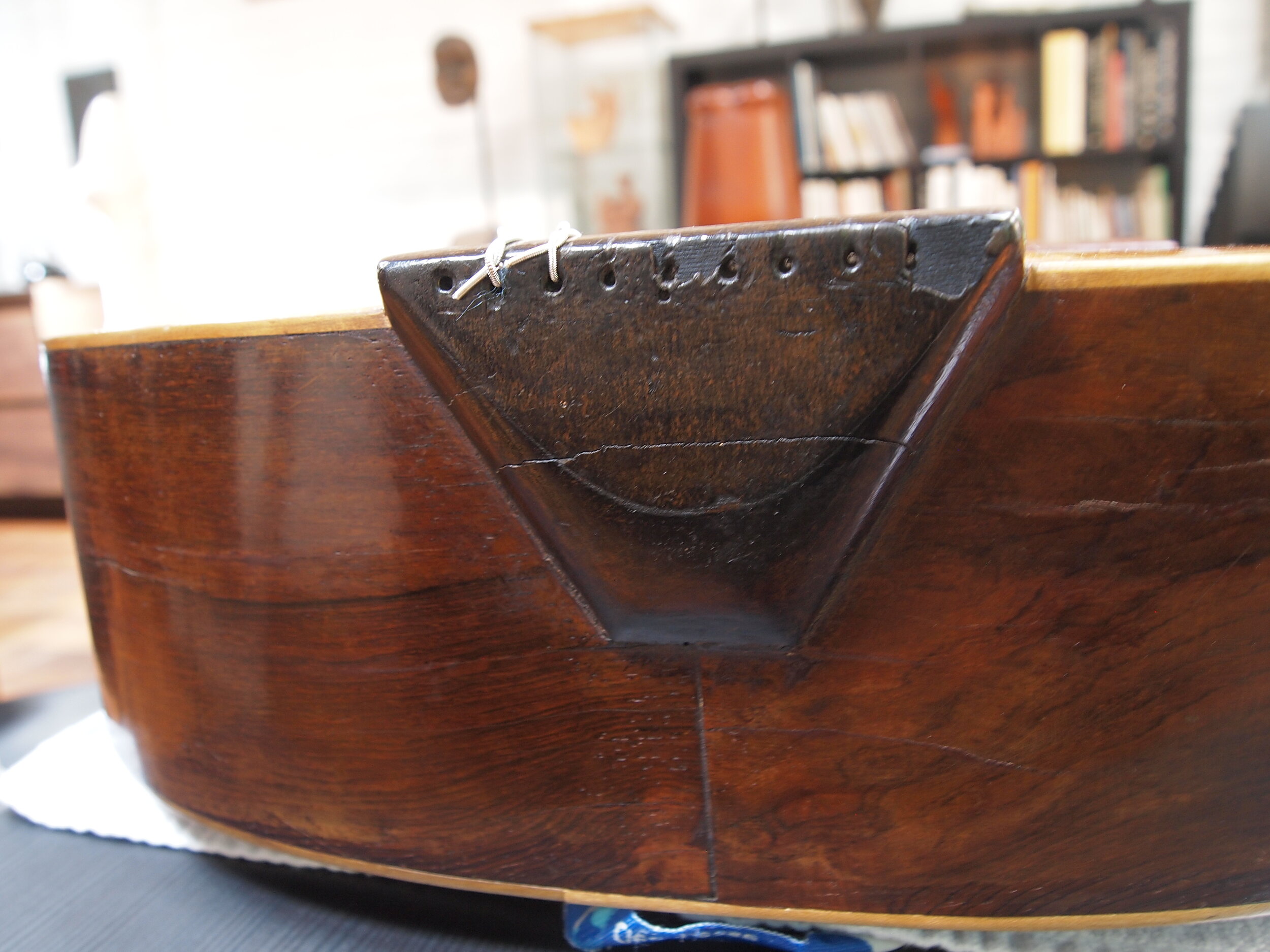I went to two concerts last year of the classical guitarist Zoe Barnett. She is a young guitarist and I believe studied or is studying at the Royal College of Music in London and also is very active, doing concerts all around the UK. I live in Bedford and classical guitar concerts happen only a few times a year, so when I saw a one scheduled not too far away in a town called Amptill, I excitedly decided to go. At that time I was working on a prototype guitar, one of the first examples of a design I’m hoping to finalise next year, and I took it with me, hoping to get some feedback.
I had never been to Amptill, but having a habit of arriving to a place a little early, to get my bearings, I got an earlier bus and went for a walk around. It seemed nice, though perhaps too much so, bordering on Hot Fuzz vibes. The concert was in a church and was pretty full with an audience of both young and old and there were overall good vibes. The concert was held by ‘Katherine Concerts’, who organize weekly classical concerts there throughout the year.
I remember feeling that the guitarist Zoe Barnett was clearly extremely talented with great musicality, and I liked the pacing of the programme, which if I recall correctly included two pieces I knew; a piece by Manuel Ponce and Suite Compostelana by Frederic Mompou - and the rest was new to me. I also liked the sound of her guitar, which was spruce with maple back and sides made by a luthier called Nick Bramwell. I guessed the guitar was probably quite traditionally and lightly made. I almost felt I could recognise the exact type of sound from my memory of guitars I had made myself with a similar construction, though perhaps I imagined it.
After the concert there was tea and cakes served in a room upstairs and most of the audience went up there. I sat and discussed music with people. The two people to my right were members of a choir, which was great because I love choral music. The person to my left was an organist, and so for the first time in my life I could discuss the organ composer Durufle with someone, and we agreed on a probable pronunciation for his name. I got the chance to show Zoe the guitar I had made, and got some valuable feedback. I like the thought that the sound of my guitars are shaped by talented guitarists. I find it useful to get the thoughts of as many talented musicians as possible. Opinions on the sound of a guitar of course vary, but sometimes trends appear in their feedback, which is useful. For example, regarding my earlier guitars, players often commented that they weren’t too loud, although the tone was there.
Luckily and to my great delight, Zoe had another concert scheduled in Bedford the next month. This was a lunchtime recital at the church called St Pauls. I have a friend who who works near me; we often go on lunchtime walks, and we decided to go to the recital together, feeling like two extremely refined gentlemen to be attending a classical recital in the middle of the day, This concert had the same programme, but was different in that the hall was much bigger and this time the sound was amplified. It was done extremely well and sounded great, I think I even preferred it. I hope if my guitars are ever amplified, that it’s done in a similar way. It’s great to recall these two concerts and am looking forward to my next Zoe Barnett concert.
